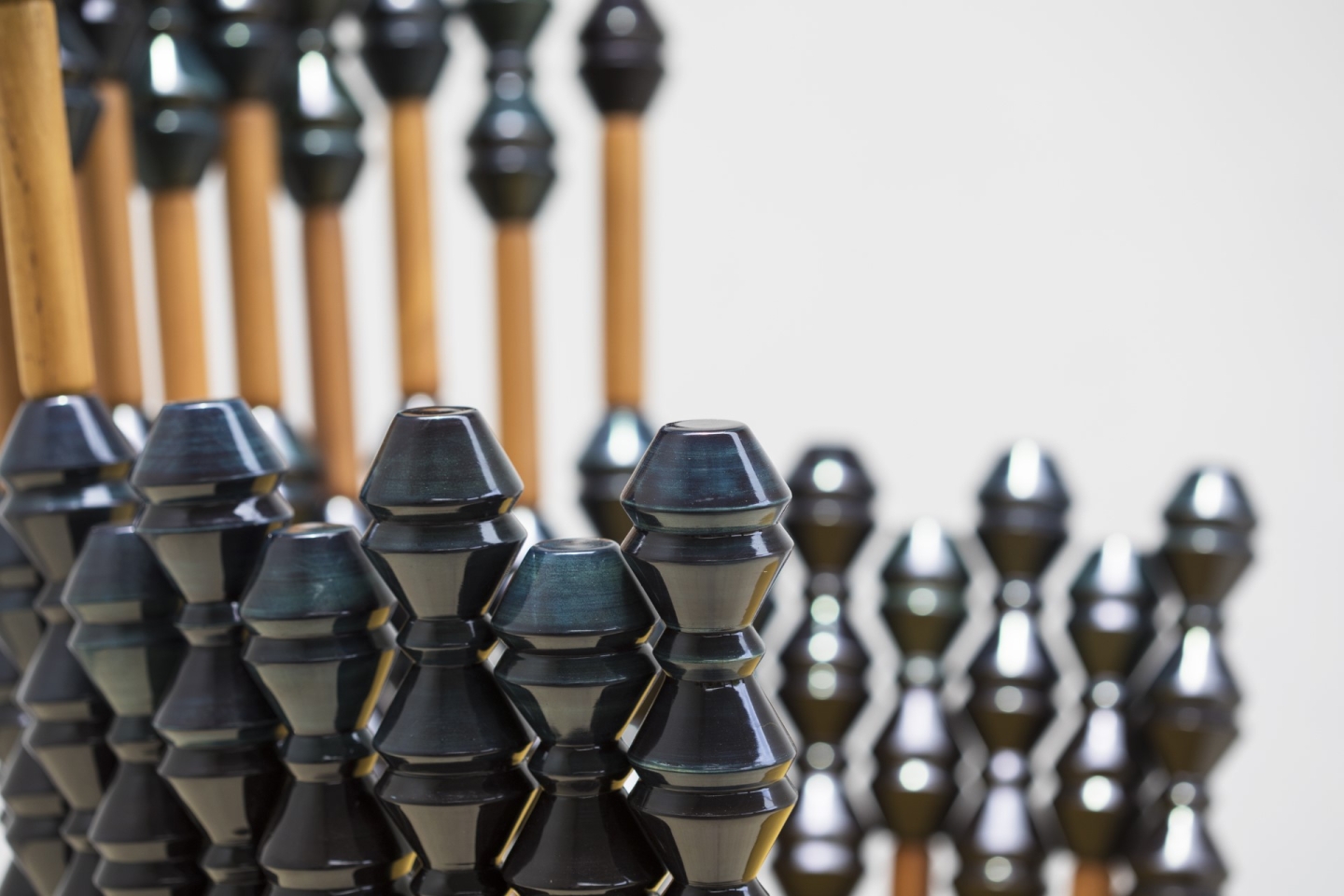
There are as many types of seats as there are ways of sitting and purposes for seating in India. From the simple moodas, a low cane stool—to elaborately patterned jajams, a Rajasthani floor cloth for seating. The many frugal and ornate seats cater to our needs, simultaneously defining as they limit, assigning behaviours—of authority, submission, power, surrender, privilege, resignation, decorum, docility, ritualistic propriety, endurance, comfort, and even, discomfort. At this contemporary moment, practices from vernacular, colonial and contemporary expressions collide in a postmodern dance of sorts, and a restless cataclysm seems to characterise India’s material culture. Some seats affirm the influences of the past while also sensitively conversing with the present. A classical or a vernacular seat from a bygone era or distant geography becomes the sketch for a revisionist seat of today. Some seats reflexively and purposefully turn towards a mid-century Modern style, while others nostalgically and romantically flirt with a classical tradition. This talk will look at the reflexive twists and romantic turns taken by today’s design expressions. It will ask, can ‘social objects’, such as seats, connect communities, interests, and experiences? Can they sustain and affirm social, cultural, and environmental networks?
The Berlage Sessions is a thematic seven-part seminar series focusing on scholarly research and critical approaches to the history and theory of architecture and urban design. This spring’s series, entitled “In and Out of Scale,” examines select ideas and projects that reconsider the scalar relationships of the built environment, from radio transmission and television broadcasting to the model and the chair. Organized from the large to small scale, topics will include the remote transmission of information in the Cold War; televangelical spaces—worship sites, churches, hospitals, university campuses—that were either retrofitted to accommodate television or designed explicitly for its technology between the late 1950s and the early 1980s; the various interpretations and misinterpretations of “artificial land” in postwar Japan; how the construction of new garden cities not only scaled up building commissions but also created new local economies; on the staging of miniature landscapes for large-scale photographs; how scale models were used as descriptive instruments in nineteenth-century London; and a consideration of how the Indian planter’s chair affirms past influences while also sensitively converses with the present. Speakers will include Rachel Julia Engler, Jesse Honsa, Casey Mack, Sarita Sundar, Alfredo Thiermann, Matthew Wells, and Edwin Zwakman.
People
Sarita Sundar is a Designer and Design Historian. At Hanno, her heritage interpretation and design consultancy, she combines 35 years of working with brand design and strategy with her academic training in museum studies. Over the years, she has engaged in critical enquiries into how culture engages with the visual, ranging from research into Indian vernacular typography to studies of intangible culture in performance practices. Her research into the cultural history of the seat in India culminated into a book: ‘From the Frugal to the Ornate: Stories of the Seat in India’. During a recent Fulbright Teaching and Research Fellowship she investigated the resistances to modernism in Indian and American design histories and conducted lectures and workshops at academic and cultural institutions in the US. She anchors branding and communications strategy at the Centre for Pastoralism. She continues her research on seats of India through ‘Mapping Colonialities: A situated history of the planter’s chair’, a project in collaboration with Dr. Rachel Lee at TU Delft.